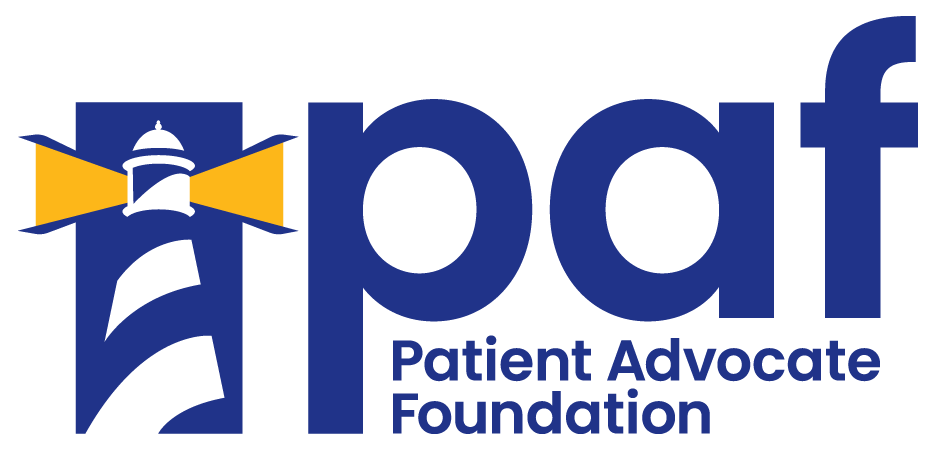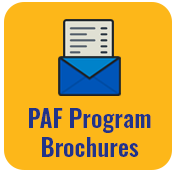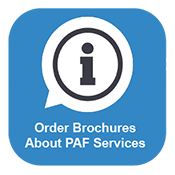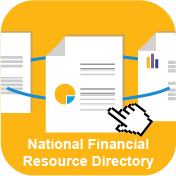Understanding Your Prescription Coverage Needs
One of the biggest challenges for patients can be understanding their prescription drug options. If you know that you’ll need prescription drug coverage, it is important that you also know what plans come with what prescription drug benefits. For example, if the medication you’re taking doesn’t have a generic version available, you’ll want to make sure you choose a plan that covers brand name prescriptions to ensure they help cover part of the cost. You’ll also want to be on look-out for plans that require a co-pay percentage on high-level expensive drugs because these costs are often unaffordable and could leave the beneficiary with an outrageous out-of-pocket responsibility. Additionally, many health plans have a Preferred Drug List (also known as a formulary) that lists the approved medications within the plan. When choosing a plan, be sure to consider or research these factors.
Many plans determine what the patient costs will be by putting drugs into four tiers. These tiers are determined by:
- Cost of the drug
- Cost of the drug and how it compares to other drugs for the same treatment
- Drug availability
- Clinical and other cost factors
If your medication is not covered, double check with your doctor to see if there is another treatment option available to you.
You can also ask for an exception if:
- The drug you need is not on the formulary and it is the best treatment option for you
- The drug needs pre-authorization, has limits, or requires step-therapy
- The drug is covered but you would like it to be covered at a higher level
In a recent survey by the Cancer Support Community, 33% of respondents said they had unexpected expenses because of prescription co-pays. Understanding tiers and other contributing factors associated with plan coverage can help patients gain control and self-advocate.










